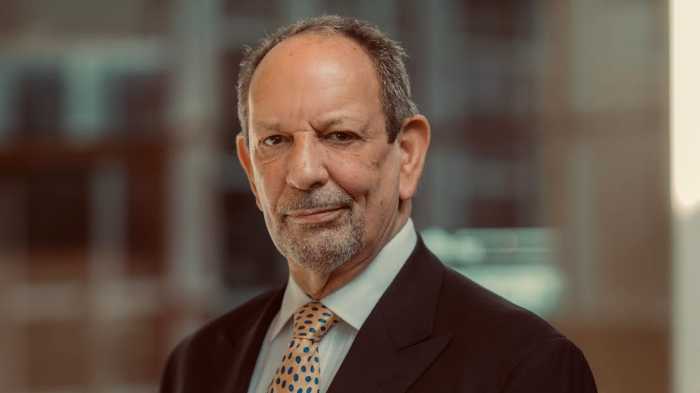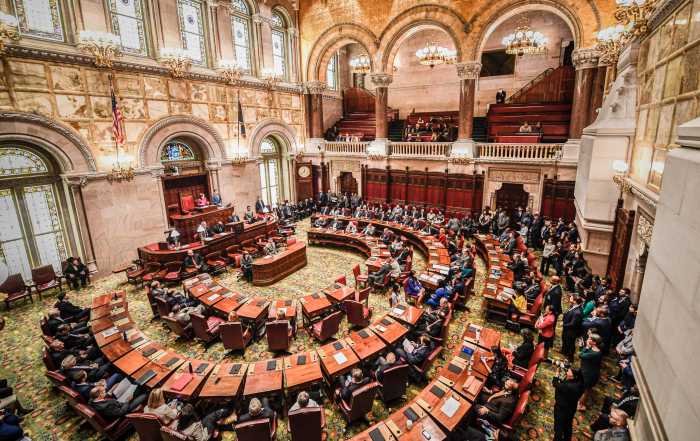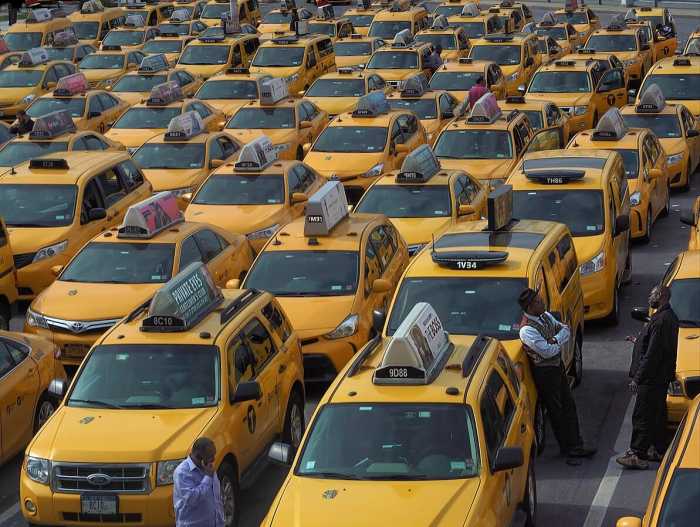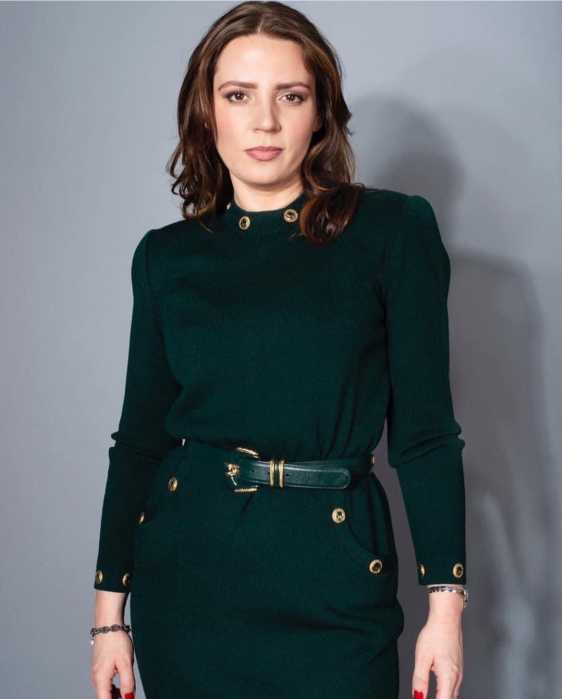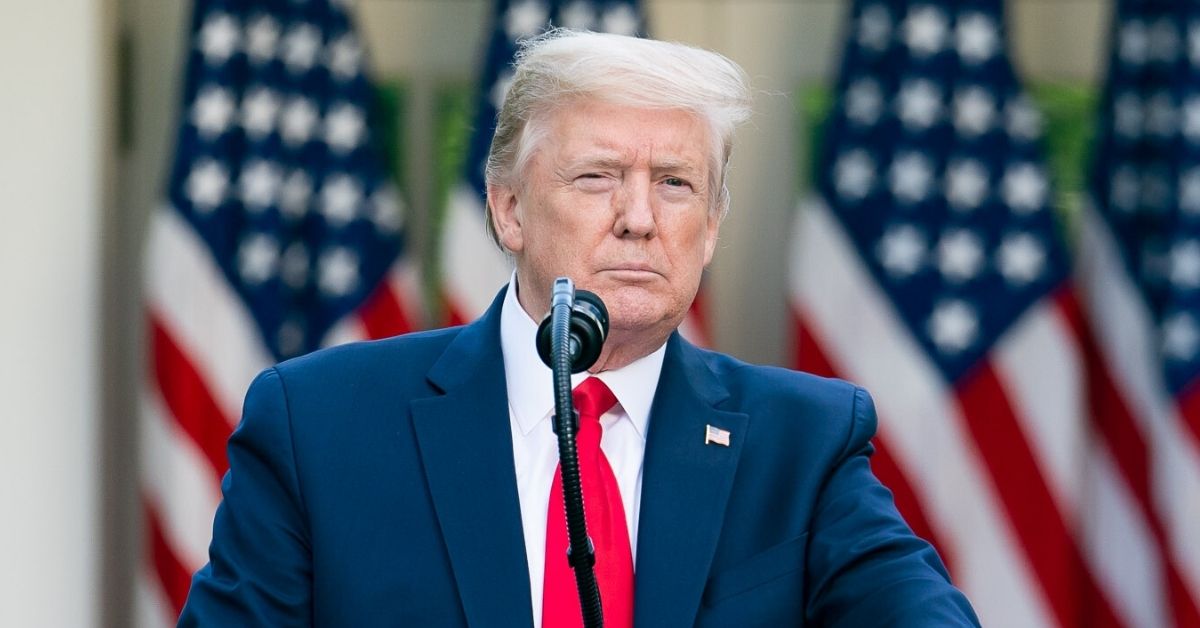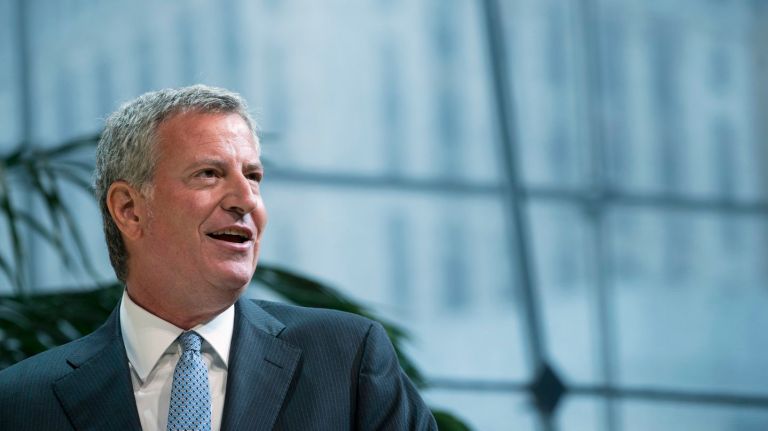
I’d like to apologize to the New York City taxpayers for costing them $7,299 for a column headlined “I Went To Brighton Beach and All I Got Was This Lousy Criminal Summons.”
Confused? Let me explain.
Last week, Mayor Bill de Blasio filed a “statement of need” with the Campaign Finance Board asking for the full public matching funds owed his primary campaign. Candidates in New York City are eligible for a total of $3.83 million in matching funds if they raise enough small-dollar donations, but the majority of that money can only be accessed if the candidate encounters more than “minimal opposition.” De Blasio’s contention is that he is, indeed, facing such stiff competition, and applied for more than $2 million to match the amount he has already raised.
But can it be called a competitive primary when none of de Blasio’s Democratic foes have received more than six figures in donations while he bankrolls millions? Where de Blasio has held only a handful of campaign events and his opponents struggle with low name-recognition? How do you make the argument proving more than “minimal opposition”?
That’s where my costly Brighton Beach column comes in.
De Blasio wants you to pay attention to the competition, for now
One way to demonstrate that opposition is credible is through “significant media exposure,” according to the CFB: at least 12 appearances on TV, radio, in print or online. That’s how de Blasio’s campaign justified its application for funds to campaign against his primary opponents Sal Albanese, a former city councilmember, and Bob Gangi, a police reform advocate.
De Blasio’s campaign cited 100 articles mentioning Albanese and 37 covering Gangi — including the fateful Brighton Beach stint.
That wasn’t a column about the mayoral race. It was the story of how I got a criminal summons for having a beer on the beach on the very last weekend that criminal summonses were still in effect for that activity in New York City.
For that column, I called up Gangi, a long-time critic of quality-of-life policing that criminalizes small acts (thankfully, no longer the beach beer). Gangi gave a sardonic quote, which brought the piece to the de Blasio campaign’s attention as evidence of competition. More than minimal!
De Blasio also cited three groups’ endorsements of Albanese to meet the CFB standard. So, to generously slice the numbers, let’s say that half the justification for the $2 million (which he’s expected to be granted this week) comes from the endorsements and the other from the media clips. Divide each of the 137 clips mentioning Albanese and Gangi by the remaining $1 million to get $7,299 per reporter who picked up the phone.
As if cognizant of the minimal evidence needed to justify the extra public money, the de Blasio filing goes way beyond the 137 clips with more questionable items. That includes tweets from the candidates and nine so-called “reporter interactions,” or Twitter conversations between journalists and Albanese. One of yours truly’s made that list as well.
Would twelve of those tweets count for the public money? Sadly, no: “Reporter interactions are not considered part of media clips,” says Matt Sollars, spokesman for the CFB.
A serious campaign or a serious money grab?
The public money is de Blasio’s right given his strong small-dollar fundraising so far. But the campaign filing’s contortions just underscore the lack of competition in the primary so far.
In an emailed statement, campaign spokesman Dan Levitan wrote in part: “We’ve committed to our supporters that we will take nothing for granted and work for every vote, and that is what we are going to do.”
A Quinnipiac poll released Monday found de Blasio crushing his likely Republican opponent Assemb. Nicole Malliotakis by nearly 30 percent (the poll didn’t even test Democratic challengers).
Yet the same poll found the mayor’s approval rating down a big 10 percent compared with May. Some of that may be due to the subway summer fiasco — a Quinnipiac poll released last week on the subways shows that people are fed up and blame Gov. Andrew Cuomo, who controls the MTA, more than de Blasio, who doesn’t, while 20 percent of the unsatisfied blame both.
The Monday poll finds a 46-46 percent split between those who favor de Blasio’s re-election and those who don’t. That indicates some slight but real room for a challenge, even one that just puts a scare in de Blasio and forces him to take strong positions. But the challengers haven’t been able to dent his early union endorsements or well-oiled fundraising machine. The two candidates de Blasio appears to be so worried about have just over $120,000 (Albanese) and some $13,000 (Gangi) in non-self-loan donations.
I called Gangi again to see what he thought about de Blasio using Gangi’s media chats and Twitter stats to prove he needs another $2 million to fend him off, seeing if I might write another column quoting the candidate that could be cited later by de Blasio as evidence of a serious opponent. Gangi picked up. “It’s so shameless,” he said.



